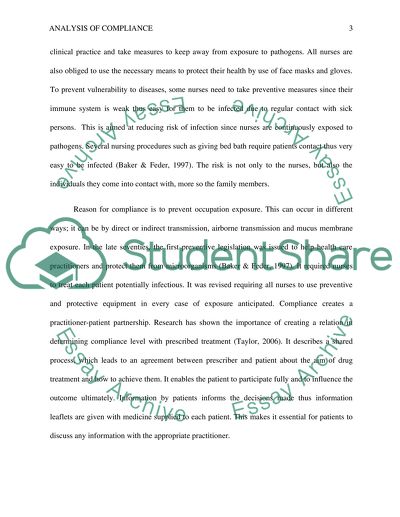Cite this document
(“Concept of analysis of Compliance Assignment Example | Topics and Well Written Essays - 1750 words”, n.d.)
Concept of analysis of Compliance Assignment Example | Topics and Well Written Essays - 1750 words. Retrieved from https://studentshare.org/nursing/1465443-concept-of-analysis-of-compliance
Concept of analysis of Compliance Assignment Example | Topics and Well Written Essays - 1750 words. Retrieved from https://studentshare.org/nursing/1465443-concept-of-analysis-of-compliance
(Concept of Analysis of Compliance Assignment Example | Topics and Well Written Essays - 1750 Words)
Concept of Analysis of Compliance Assignment Example | Topics and Well Written Essays - 1750 Words. https://studentshare.org/nursing/1465443-concept-of-analysis-of-compliance.
Concept of Analysis of Compliance Assignment Example | Topics and Well Written Essays - 1750 Words. https://studentshare.org/nursing/1465443-concept-of-analysis-of-compliance.
“Concept of Analysis of Compliance Assignment Example | Topics and Well Written Essays - 1750 Words”, n.d. https://studentshare.org/nursing/1465443-concept-of-analysis-of-compliance.


